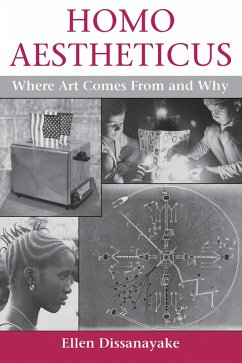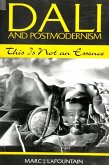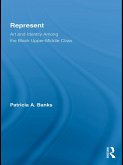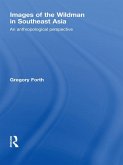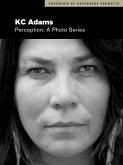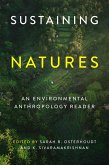Dissanayake argues that art was central to human evolutionary adaptation and that the aesthetic faculty is a basic psychological component of every human being. In her view, art is intimately linked to the origins of religious practices and to ceremonies of birth, death, transition, and transcendence. Drawing on her years in Sri Lanka, Nigeria, and Papua New Guinea, she gives examples of painting, song, dance, and drama as behaviors that enable participants to grasp and reinforce what is important to their cognitive world.Publishers WeeklyHomo Aestheticus offers a wealth of original and critical thinking. It will inform and irritate specialist, student, and lay reader alike.American AnthropologistA thoughtful, elegant, and provocative analysis of aesthetic behavior in the development of our speciesone that acknowledges its roots in the work of prior thinkers while opening new vistas for those yet to come. If you're reading just one book on art anthropology this year, make it hers.Anthropology and Humanism
Dieser Download kann aus rechtlichen Gründen nur mit Rechnungsadresse in A, D ausgeliefert werden.

